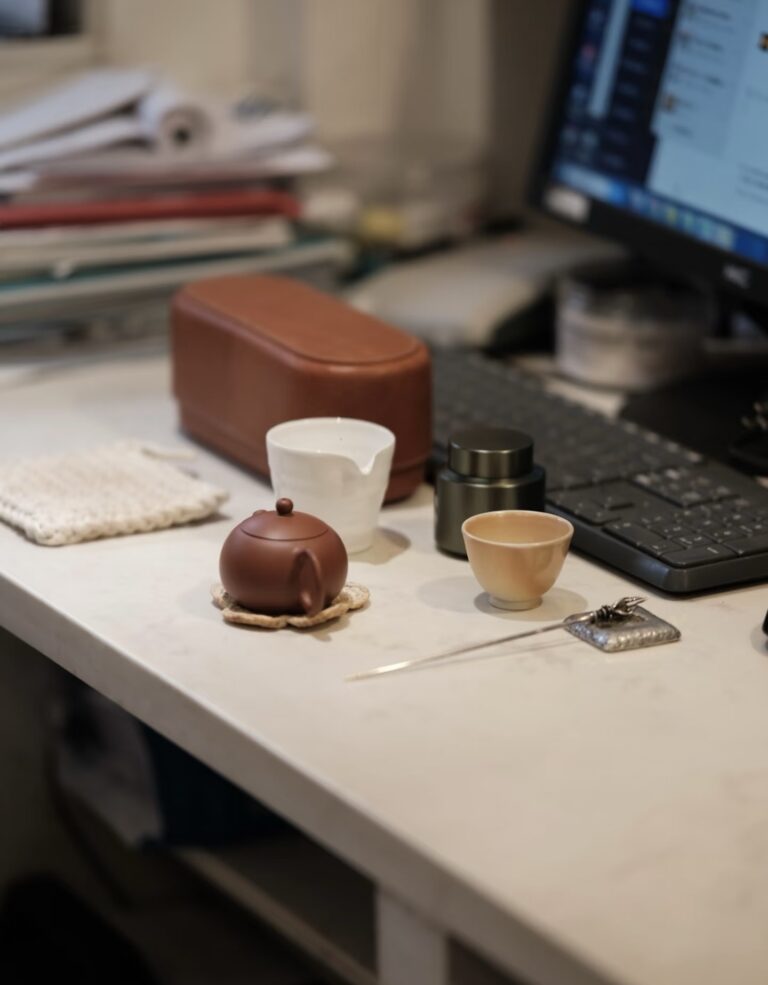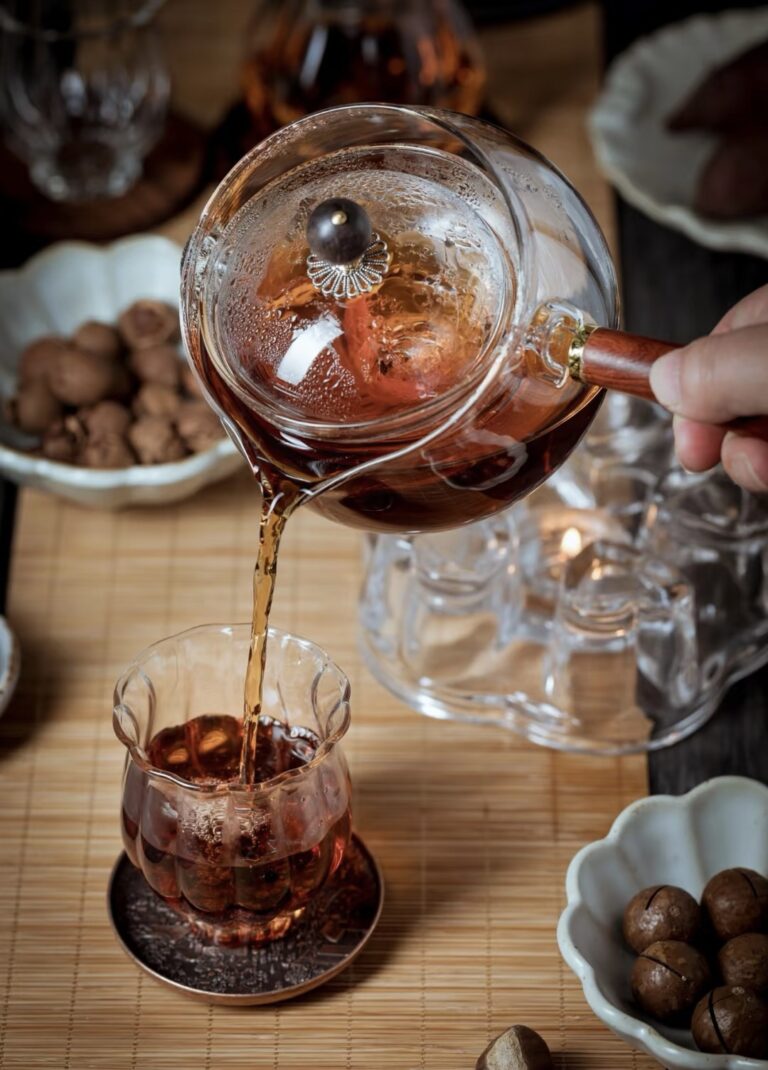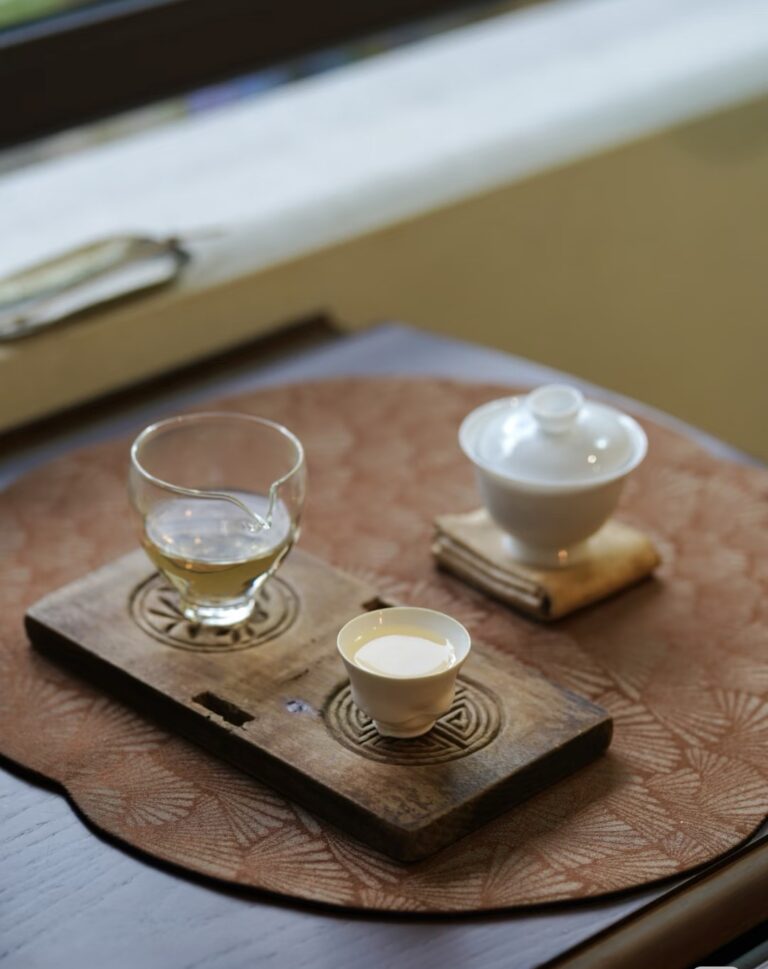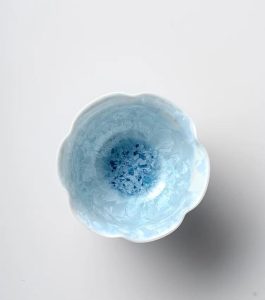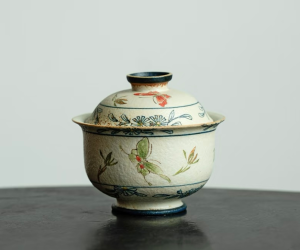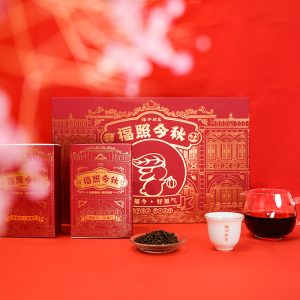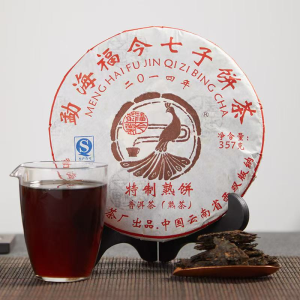
Yixing teapots, also known as Zisha or purple clay teapots, are revered for their unique ability to enhance the flavor of tea over time. Originating from the Jiangsu province in China, these teapots have been used by tea lovers for centuries due to their excellent heat retention, breathability, and aesthetic appeal.
Choosing the right Yixing teapot can be overwhelming, especially for beginners. With so many options available in terms of shape, size, clay type, and craftsmanship, it’s important to understand your personal preferences and brewing habits. This guide will walk you through everything you need to know to make an informed decision.
Match the Teapot Shape to Your Tea Type
The shape of your Yixing teapot plays a crucial role in how your tea brews and tastes. Different teas benefit from different teapot designs:
Tall, Narrow Pots for Fermented Teas
These teapots are ideal for brewing black tea or sheng pu-erh. Their tall, narrow shape helps retain heat and allows for longer steeping times, which enhances the depth and sweetness of fermented teas.
Short, Wide Pots for Delicate Teas
For lighter teas like green tea or oolong, a short and wide teapot is better. The wider surface area allows water to cool slightly faster, preventing over-extraction and preserving the delicate flavors.
Prioritize Clay Quality and Type
One of the most important aspects of a Yixing teapot is the quality and type of clay used. Authentic Yixing teapots are made from Zisha clay , which is naturally porous and able to absorb tea oils over time, enhancing the flavor of each brew.
Here are the most common types of Zisha clay:
Ben Shan Lüni (Green Clay)
Known for its fine texture and excellent heat retention, this clay is best suited for robust teas such as sheng pu-erh. It seasons quickly and enhances the tea’s aroma.
DuanNi (Brown Clay)
This versatile clay has moderate porosity and works well with a variety of teas. It is durable and develops a beautiful patina over time.
ZiNi (Purple Clay)
A classic choice, ZiNi is smooth and dense, making it suitable for all kinds of tea, especially aged pu-erh.
⚠️ Beware of counterfeit teapots. Many products sold online claim to be Yixing but use low-quality clay or chemical additives. Always purchase from reputable sellers who guarantee authentic Zisha clay.
Consider Capacity Based on Usage
The size of the teapot should match your typical brewing situation:
Solo Drinking
If you’re usually brewing for one, a 80–120ml teapot is ideal. It allows for precise control over brewing time and temperature, perfect for gongfu-style tea sessions.
Group Gatherings
For sharing tea with friends or family, opt for a larger teapot between 130–200ml. These pots allow for multiple infusions and are great for casual or formal tea ceremonies.
Evaluate Craftsmanship and Practicality
Not all Yixing teapots are created equal. Pay attention to the craftsmanship and practical features that affect usability and longevity:
Handmade vs. Semi-Handmade
- Handmade teapots are crafted by skilled artisans and are often more valuable. Each piece is unique and reflects the maker’s artistry.
- Semi-handmade teapots are partially shaped using molds but still offer good quality at a more affordable price.
Spout Design
Look for a spout that pours smoothly without dripping. Some high-quality teapots feature seven small holes inside the spout for even flow and quick pouring.
Three-Point Alignment
Check if the handle, spout, and lid knob align horizontally. This ensures a balanced and comfortable grip during pouring.
Avoid Common Pitfalls
When purchasing a Yixing teapot, avoid these common mistakes:
Fake “Yixing” Teapots
Many teapots sold online are not genuine Yixing products. They may be made from inferior clay or mixed with chemicals. Always verify authenticity before buying.
Overly Decorative Features
Some export versions include metal embellishments such as copper or silver inlays. While they may look attractive, these additions can damage the clay’s porosity and reduce the teapot’s functionality.
Buying Without Testing
If possible, test the teapot before purchasing:
- Fill it with water, seal it, and tilt to see if the lid stays in place.
- Check for any cracks or unevenness in the clay.
Test Before Buying
Even when buying online, there are ways to assess quality:
Water Flow Test
Pour hot water into the teapot and check how smoothly it flows out. A good teapot should pour evenly without dripping.
Seasoning Readiness
Authentic Zisha clay does not require special seasoning beyond a simple rinse with warm water before first use. If the seller suggests heavy seasoning or boiling, it could be a sign of lower-quality clay.
Choosing the right Yixing teapot is both a personal and practical decision. Whether you’re a seasoned tea connoisseur or just beginning your journey, selecting a teapot that matches your tea preferences, brewing style, and aesthetic taste will greatly enhance your experience.
Ready to Find Your Perfect Yixing Teapot?
Explore our curated collection of authentic Yixing teapots, handcrafted by skilled artisans and carefully selected for quality and performance. Whether you’re looking for a daily-use pot or a collector’s piece, we have something that suits every tea lover.

